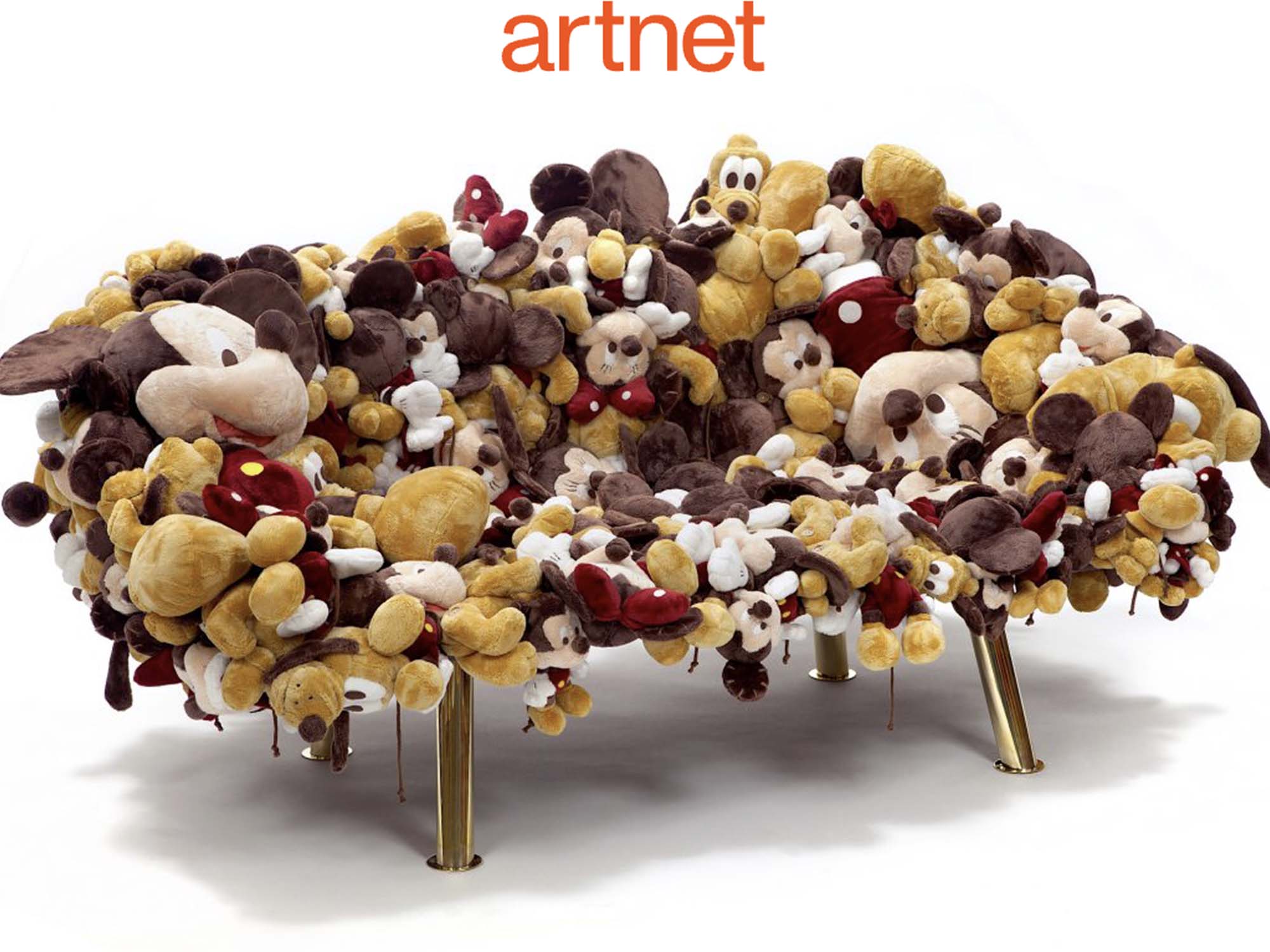By Adrian Madlener
Brazil has been a center of the global design scene for decades, thanks to the prolific and groundbreaking output of the Campana brothers. The duo rose to prominence during the 1990s with often whimsical designs that defied formal, aesthetic, and material norms.
Working across mediums, Humberto and Fernando Campana took the design world by storm. Notable concepts include the loose cotton rope Vermelha Chair—produced for Italian manufacturer Edra—and the Favela Chair (1991), now owned by the Metropolitan Museum of Art, created from wood offcuts not unlike the dwellings that define those urban areas. Weaving plush stuffed animals—Disney and KAWS characters—into overflowing armchairs became their calling card.
The studio distinguished itself with postmodern humor and pastiche—as well as responsibility and resourcefulness, upcycling materials before the term was coined. Campana Studio was one of the first practices to incorporate narrative in its work; the idea of imbuing objects with stories has since come to define much of the collectible design market.
The duo has been a staple of New York, in particular Friedman Benda, ever since the gallery’s inception in the 2010s. From February 15 through April 15, the gallery is honoring Fernando—who died last November at age 61—with a comprehensive retrospective at its new Los Angeles outpost, during Frieze.
As tributes from prominent figures such as MoMA senior curator of architecture and design Paola Antonnelli prove, he was beloved and revered by many. Antonnelli helped bring the duo international acclaim with a dedicated exhibition in the late 1990s.
Milan-based writer and Design Miami curatorial director Maria Cristina Didero said recently, “Estúdio Campana has always attributed several meanings to the word ‘transformation,’ converting ordinary objects into precious ones. [Fernando] deeply loved his work and together with his brother Humberto, conceived it as a mission to help other people through creativity and fun.”
On view is the rare Yanomani Chair (1989), part of the seminal “Desconfortáveis” (“Uncomfortable”) collection, in which Humberto and Fernando forged squiggles into iron using blowtorches. The Bubble Wrap Chair (1995) was created by layering sheets of the packaging material.
Other pieces hail from the “Sushi” series—Sushi Sofa (ca. 2002) sold for over $50,000 at Sotheby’s in 2020—and the collaged “Detonado” series (in production since 2013). Through the clever elevation and integration of cheap, everyday materials, the duo created otherworldly designs and imbued them with a healthy dose of color and levity.










